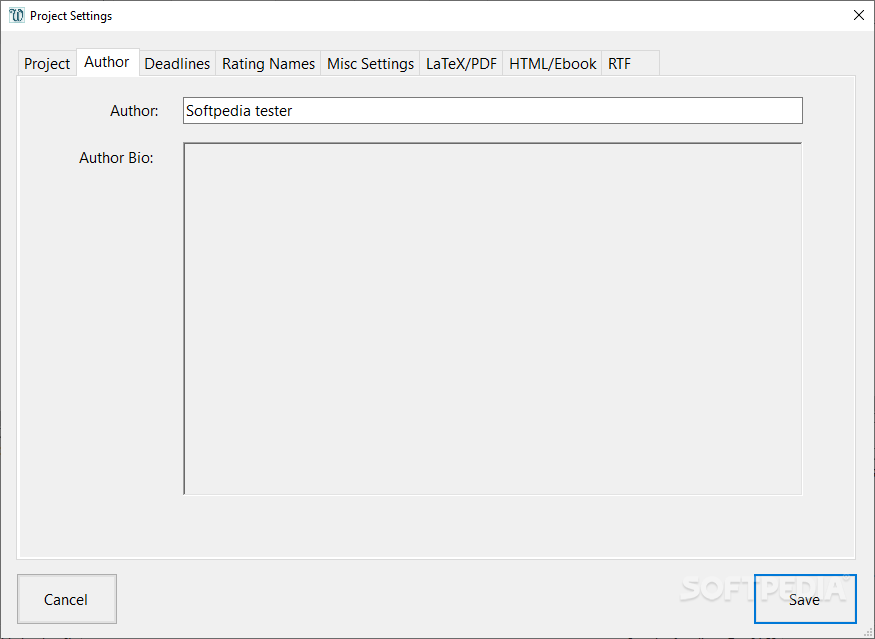

Smallpox was the first disease to be essentially eradicated by vaccines. It’s rather remarkable-they tried it on someone’s 12-year-old son, which makes you question someone’s parenting. So if you could take cowpox and inject it into someone, their system would recognize what was attacking them and build up a resistance to smallpox. The discovery was that mild cowpox, which was a disease that could be caught off cows by dairy maids, was related to smallpox. Could you tell me about the cow who effectively gave us vaccines? Going back to cows, you point out a lot of unexpected gifts humans have gotten from cows over the years. I’d much rather they spend the money and the scientific effort to keep what we have left alive. And I put in the original draft “intellectual vanity,” and the editor said, “You’re going to offend too many people.” But biodiversity is so important.

I’m writing this new book on biodiversity loss. What do you think of the de-extinction efforts to bring back the aurochs? When humans started farming, they built villages and they hunted them. What happened to the aurochs ?Īurochs didn’t disappear very quickly, but the normal reason biodiversity disappears is habitat loss. One of the species of megafauna that humans wiped out, of course, were ancestors of our modern-day cows. So if you’re an animal and humans don’t have a use for you, your time on the earth is not going to be very long.

There are only 13 or 14 species of megafauna that humans have ever found a use for. I was very moved by the fact that in a hundred years’ time, the cow may be the largest animal left on earth. I wanted to write a story that acknowledged the role of the cow in humanity’s progress. I thought the cow’s story needed retelling, because we got into a position where we were accepting that the cow is almost an unmitigated evil in terms of health, biodiversity, and emissions. Why write a book on cows and why write it now? Gastro Obscura spoke with Morgan-Grenville about why it’s time we showed cows a lot more respect, as well as his hopes for a more sustainable, humane future with them.

It’s a big job, considering that much of the current conversation around cattle centers around the undeniable problems stemming from the farming industrial complex that raises them-the deforestation of Brazil’s rainforest, the methane emissions caused by cow farts, the challenge of what to do with the staggering quantities of manure produced by feedlots.Īnd yet, after spending 14 months helping out on a farm and diving deep into bovine research, Morgan-Grenville found “an industry at once scared for its future yet alive with ideas and experiments, not to mention good practices.” The result of all this research is Taking Stock: A Journey Among Cows, which comes out October 18 and explores mankind’s complicated past, present, and future with cattle. They haven’t been part of our collective story as a species quite as long as dogs, but certainly longer than pigs, horses, and most other creatures whose biology is bound to ours.Īuthor and livestock enthusiast Roger Morgan-Grenville wants to rewrite the narrative on cows. The oldest evidence of a domesticated herd of cattle dates back 10,500 years, to what is now Iran. These ruminants have been a part of human civilization for longer than our written history exists. Serial.At present, there are more than a billion cows on the planet, spread across almost every continent.


 0 kommentar(er)
0 kommentar(er)
